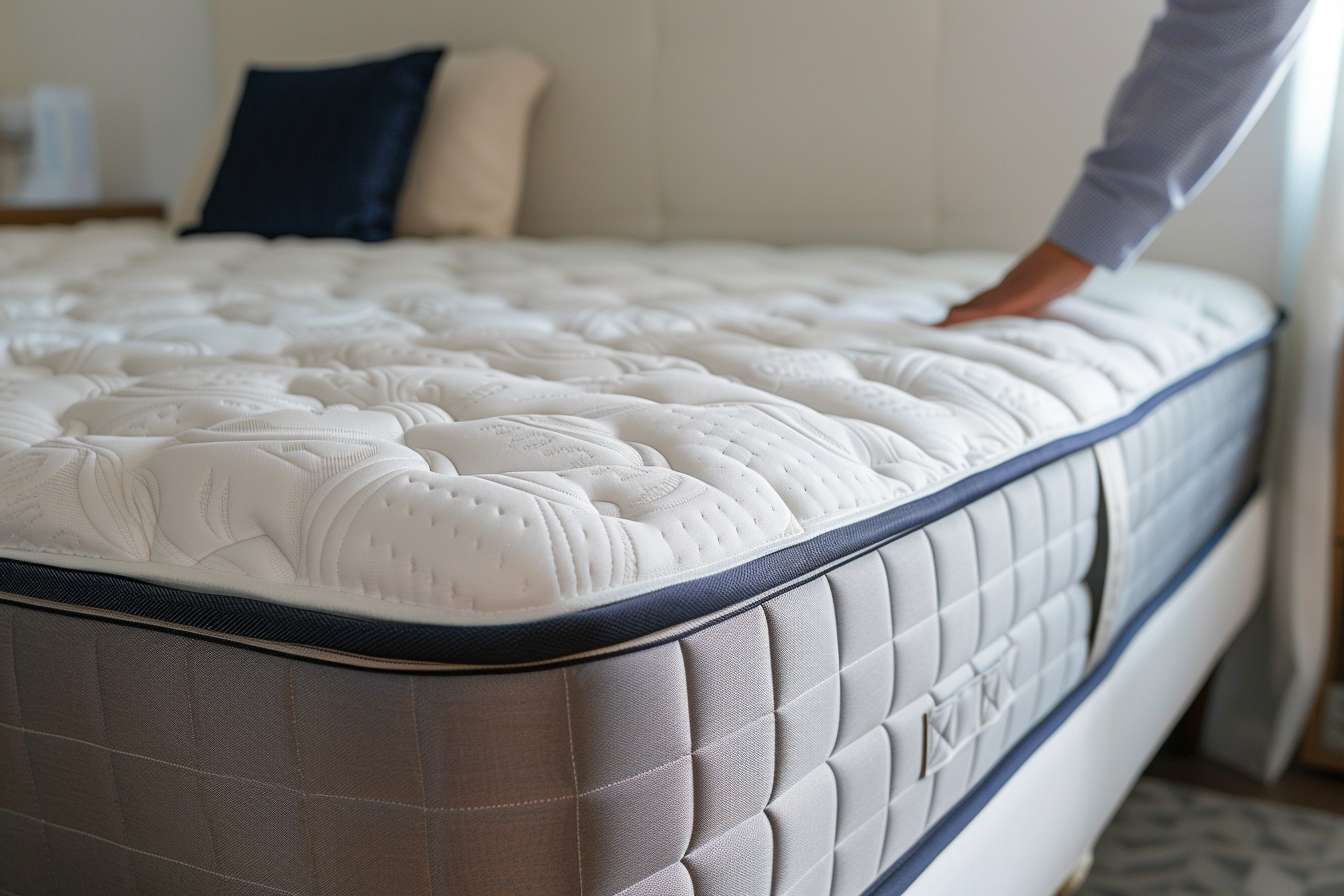How to Pick the Ideal Mattress for Better Sleep Every Night
Choosing the right mattress is a cornerstone of healthy sleep. This guide walks you through how sleeping position, firmness, body weight, durability, and cooling features affect comfort and support. Learn about memory foam, innerspring, hybrid, and latex options, expected lifespans, price ranges, and practical tips like rotating your bed and using sleep trials to find the best match for restful nights.

A mattress is more than a place to lie down — it’s the foundation of restorative sleep. With roughly a third of life spent in bed, the mattress you choose affects spinal alignment, pressure relief, and how well you wake up in the morning. This guide breaks down the essentials to help you pick a mattress that fits your sleep style, budget, and long-term needs.
Match mattress firmness to your sleeping position
How you sleep is one of the clearest indicators of the firmness you need. Side sleepers generally benefit from softer surfaces that cradle the shoulders and hips, reducing pressure points. Back sleepers often do best with medium-firm mattresses that support the natural curve of the spine without allowing the torso to collapse. If you sleep on your stomach, a firmer mattress is usually preferable to keep the midsection from sinking and causing lower back strain.
Think of firmness as how much the mattress lets your body sink versus how much it pushes back. Personal comfort varies, so use these recommendations as a starting point rather than a rule.
Firmness scale and the influence of body weight
Manufacturers commonly rate firmness on a 1–10 scale, where 1 is extremely soft and 10 is very firm. Many sleepers find the sweet spot in the medium range, roughly 5–7. However, body weight changes how firmness feels: heavier people will often perceive the same mattress as softer and may need a firmer model for proper support, while lighter people may prefer softer constructions for adequate pressure relief.
If multiple people share a bed, consider a compromise firmness, a hybrid construction, or split-firmness options available in some mattress models.
Support, materials, and durability
Support refers to the mattress’s ability to maintain spinal alignment and prevent excessive sinkage. High-quality support usually comes from sturdy cores — pocketed coils, dense polyfoam bases, or latex cores. Durability depends on materials and construction: mattresses made with premium foams, resilient coils, and natural latex tend to last longer.
A well-made mattress commonly lasts 7–10 years, though lifespans vary. Proper care — rotating the mattress (if recommended), using a suitable foundation, and following manufacturer instructions — can extend its useful life. Expect lower-cost innerspring options to show wear sooner, while latex and quality memory foam often hold up longer.
Temperature regulation and sleep comfort
Many sleepers are sensitive to temperature. Traditional memory foam can trap heat, which is why modern variants include cooling features. Gel-infused foams, phase-change materials (PCMs), breathable knit covers, and enhanced airflow designs help dissipate heat. Innerspring and latex mattresses naturally allow better air circulation, which can reduce nighttime overheating.
If you tend to sleep hot, look for mattresses that advertise cooling layers, open-cell foam, or coil-based cores. Also consider breathable sheets and mattress protectors to enhance airflow.
Common mattress types and price ranges
Different constructions offer distinct feels and benefits. Here’s a quick overview of typical price brackets and expected lifespans for common mattress categories.
| Mattress Type | Average Price Range (Queen) | Expected Lifespan |
|---|---|---|
| Innerspring | $700 - $1,200 | 5-7 years |
| Memory Foam | $800 - $2,500 | 7-10 years |
| Hybrid | $1,200 - $3,000 | 6-8 years |
| Latex | $1,500 - $3,500 | 8-12 years |
Prices, rates, or cost estimates mentioned in this article are based on the latest available information but may change over time. Independent research is advised before making financial decisions.
How to shop and test mattresses
Whenever possible, try a mattress in person to assess pressure relief and support. Spend at least 10–15 minutes in your typical sleep positions. Many online brands provide generous sleep trials (often 90–365 nights) so you can test long-term comfort at home. Check return policies, warranties, and trial terms closely — these can make a big difference if a mattress doesn’t suit you after several weeks.
Other practical considerations include edge support for sitting, motion isolation if you share the bed, and hypoallergenic materials if you have sensitivities.
Final considerations and recommendations
Investing in a mattress is an investment in daily function and long-term health. Balance comfort, support, cooling features, and durability within your budget. If you’re unsure, prioritize spinal support and a trial period that lets you return or exchange the mattress after sleeping on it for a while. Rotate and care for your mattress as recommended to maximize longevity.
This article is for informational purposes only and should not be considered medical advice. Please consult a qualified healthcare professional for personalized guidance and treatment.






